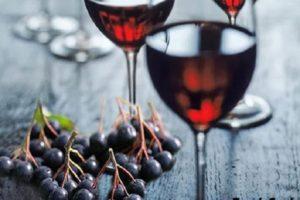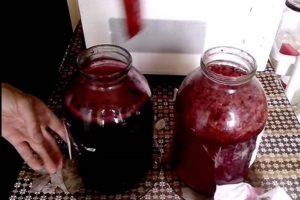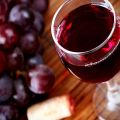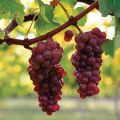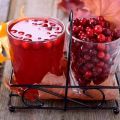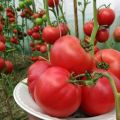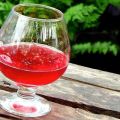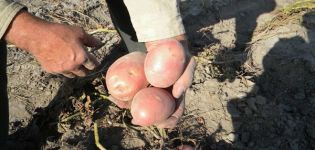How to blend wine at home, types and step by step instructions
The process of blending wine is mixing the juices of different grape varieties. The result of the combination is an improvement in taste characteristics by softening astringency, reducing acidity, imparting aroma, and eliminating a sharp aftertaste.
What is blended wine?
Blended wines are made from a mixture of juices from different cultures. It is rational to produce these varieties of an alcoholic drink due to a wide gustatory variety of berries and fruits, their changing chemical composition, differences in taste and shades.
The need for a blend is due to the fact that when growing grapes, there are always differences in climate, type of soil, weather conditions, the degree of aeration of fruits and other factors. Even picking berries from the same vineyard on different days affects their ripeness and sugar content. When growing grapes on a large scale, in practice it is impossible to ensure the same conditions for the entire harvest. As a result, the berries acquire different organoleptic properties, differ in taste and aroma.
When making wine at home, you can independently think over the composition of the blend, depending on individual taste preferences. It is allowed to mix both juices of different fruits and ready-made wine materials. For example, pear wine has a subtle flavor and needs to be mixed with a sweeter mixture. Too sugary drinks can be diluted with sour and tart drinks so that the taste is pleasant and not harsh.
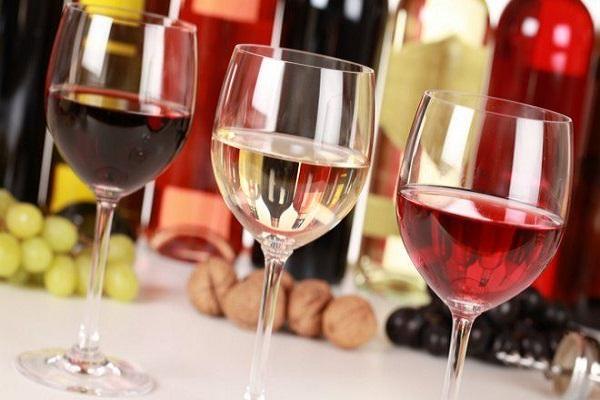
What types are there
All blended wines are classified into several varieties. Each category has its own characteristics. You can make any kind of blend yourself, so you should familiarize yourself with the nuances of all the options.
Blend
The term “blend” or “blend” in its original meaning refers to any combination of wine grape varieties. The concept was introduced to the masses by British traders back in the 19th century and was applied in relation to the varieties themselves and the drinks made from them. The blend is used to make the taste of wine richer and brighter, as well as to give aroma and texture to the drink. The main purpose of blending is to combine the characteristics of several varieties and balance them with each other.
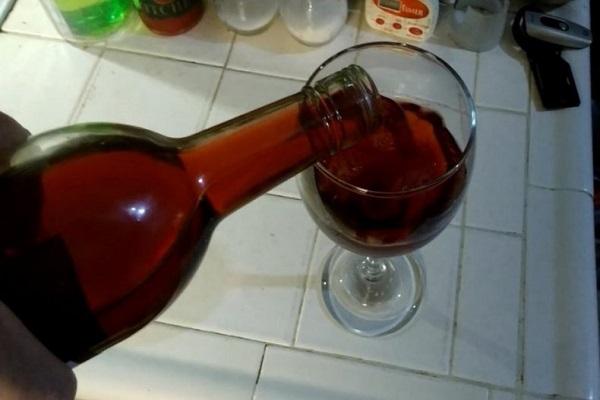
It is allowed not only to mix red varieties with red, but white with white. In practice, there are cases of combining red wines with whites. A common example is the French blend Côte-Roti from the Rhone Valley.
For the production of this wine, the white Viognier variety is mixed with the red Syrah variety.
Vintage wine blends
A blend becomes vintage if several varieties of berries are combined to obtain it, harvested within one year. For example, if an alcoholic drink is made from Merlot and Shiraz varieties obtained in the same year. There are also specimens containing a set of more than ten varieties. A striking representative is the Chateauneuf du Pape wine from 13 varieties.

Non-vintage blends (non-vintage blends)
Some wines, including sparkling wines and ports, are made from grapes harvested in different years. The main task when creating a drink in this case is to balance aromas, tannins and other qualities that affect the final taste of the product. Non-vintage blends, as a rule, contain a special marking NV (non-vintage). In addition, there is no mark on the label indicating the harvest year. Most often, there are non-vintage sparkling and tart wines, but this technique is also relevant when creating quiet varieties.
How to blend homemade wine
The composition of the blend at home is determined taking into account your own taste and the availability of raw materials. Blended wine can be made in several ways, which have a number of comparative differences. The first way is as follows:
- First, set the number of berries of all varieties required for the preparation of the blend. The berries are weighed, mixed with each other and crushed.
- Juice is separated from the crushed mass by filtering and the acidity and sweetness indicators are evaluated.
- If necessary, adjust the taste by mixing water, sugar and acid, after which the drink is left to ferment.

The considered method is considered simple, but it has significant disadvantages. The disadvantage is that the berries of the right varieties do not always ripen at the same time. In addition, the fruits always give a different amount of juice, therefore, a lot of unused juice remains in the crushed grape mass. To solve the problem, you can heat the pulp or wait for it to ferment, but some of the fruits can form mucus because of this.
According to the second method, the required amount of juice is obtained from berries of different varieties separately. After collecting the juice, the sugar content and acidity are determined and the taste is corrected separately. Then, wort is prepared from liquids, depending on what kind of wine you need to make - sweet, strong or table wine. Ready wort is combined in one container with each other and left to ferment.
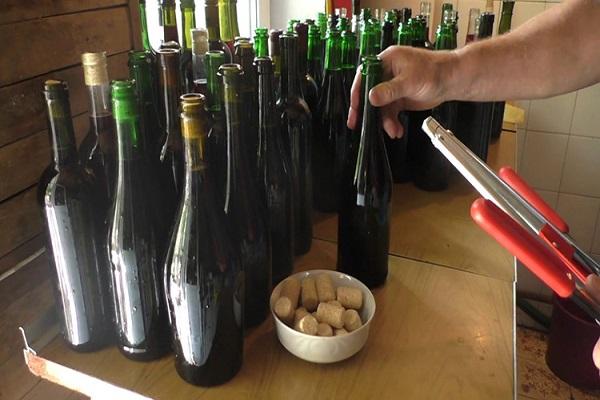
The advantage of the second method is the ability to use fruits that ripen at different periods. Wort obtained from one variety may be added to the fermenting wort of another. In this case, mixing is possible even at the end of the fermentation process. When fresh wort enters the already fermenting wort, the process is actively resumed, and beneficial yeast destroys harmful fungi. Due to this, the new fermentation always takes place faster and does not require the introduction of yeast dilution.
The third method involves mixing not must and juices, but already completely finished wines. The main disadvantage of this option is that the mixing of some wines results in a bad taste due to inconsistency of tastes.
As a result, to obtain a high-quality alcoholic beverage, a prolonged exposure is required for 3-5 years.
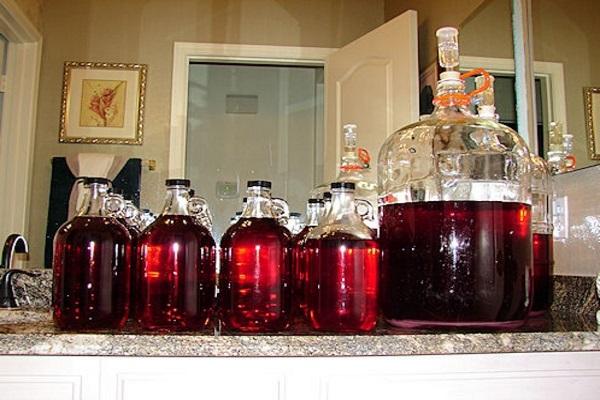
Terms and conditions of storage of the finished product
To store home blended wine, it is recommended to use glass opaque bottles. The containers are pre-washed and dried, after which the drink is poured inside and sealed. Then the bottles are wrapped with a cloth and immersed in hot water at 60 degrees for 20 minutes. Once the containers are pulled out of the water, you can store them in a permanent storage location.The subsequent storage conditions of blends do not differ from the storage of ordinary wine. From among the suitable places, you can select a cellar, a special refrigerator or a wardrobe.
The shelf life of homemade blends depends on the surrounding conditions, the selected grape varieties and production characteristics. If the shelf life of classic wines created under professional conditions is not limited, then home drinks are ways not to lose their taste and aroma characteristics for 5-7 years.
